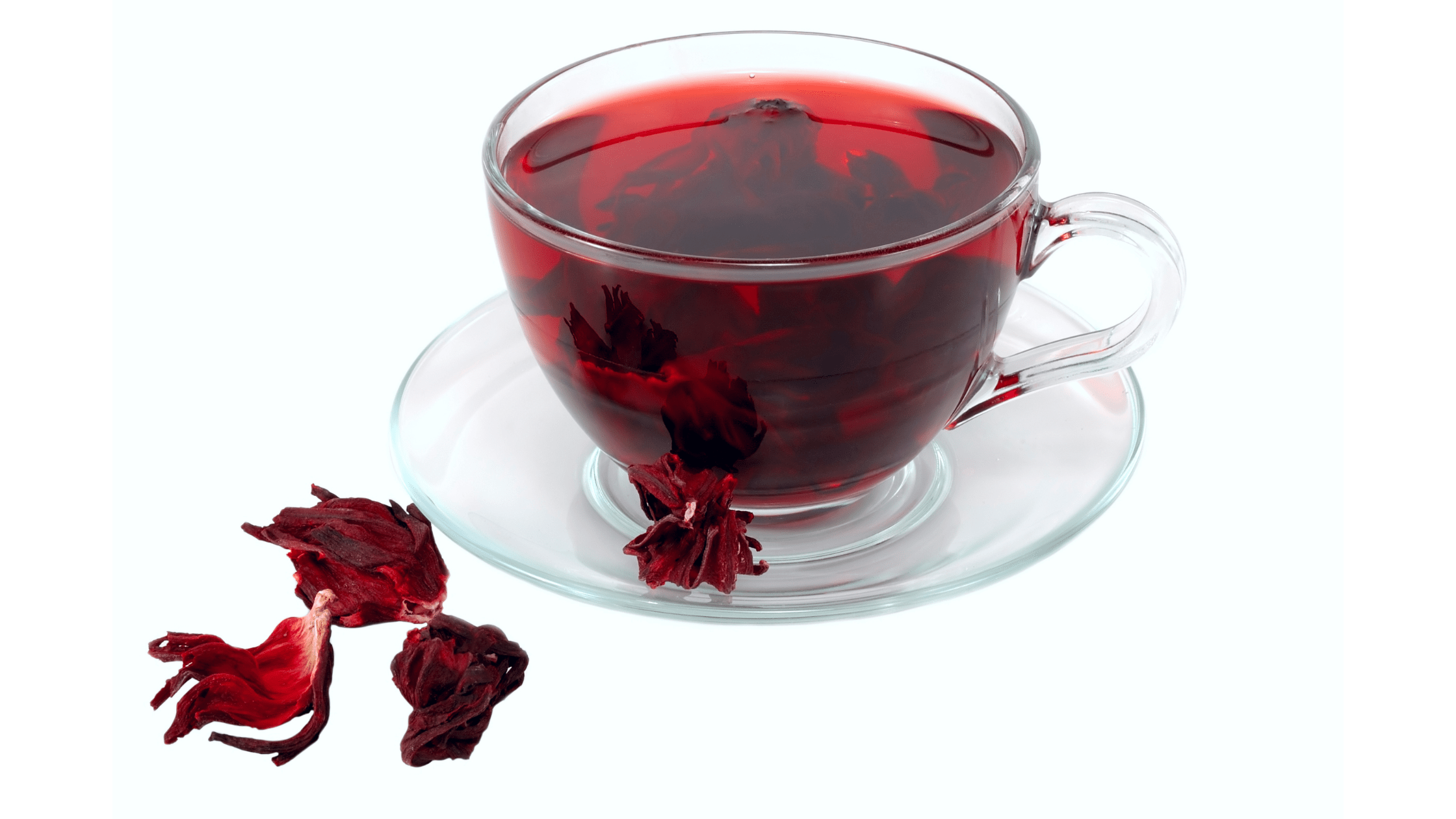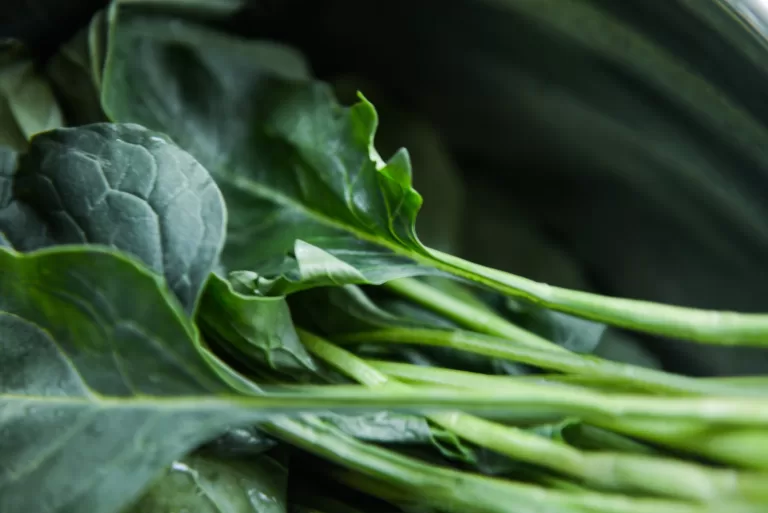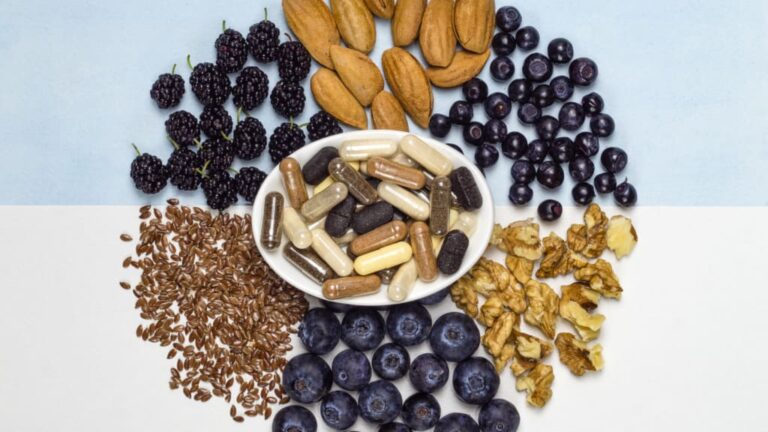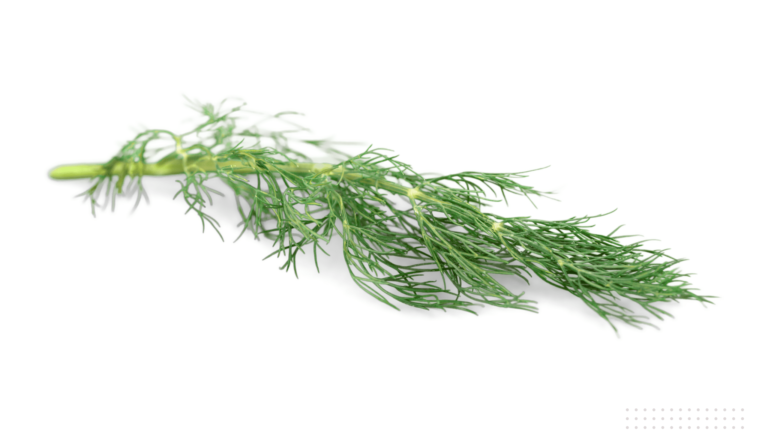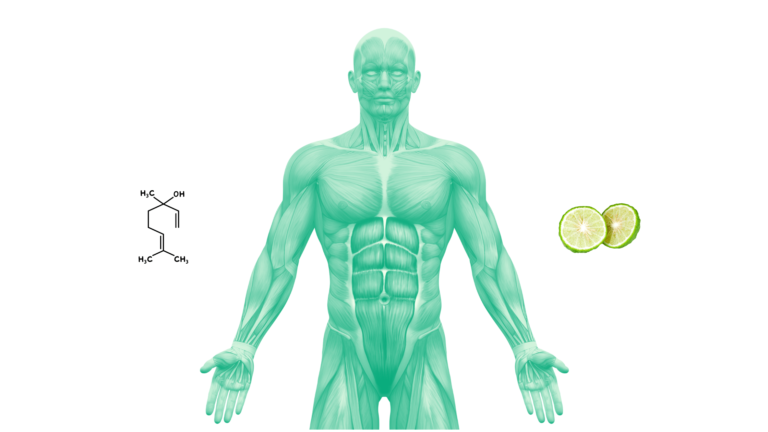Hibiscus Flower, A Helpful CardioMetabolic Agent
The Hibiscus flower belongs to the Malvaceae family and has several different types of species.
This article discusses the Hibiscus Sabdariffa, or Roselle plant, and its flower. Specifically its value in cardiometabolic therapeutic actions.
Cardiometabolic relates to the organs and functions associated with the cardio functions and the metabolic system, such as the heart, blood vessels, and metabolism.
Hibiscus is associated with improving vascular functions.

Hibiscus sabdariffa is recognised for its therapeutic effects and pharmacological applications. The plant parts are used in herbal tea (tisane) and extracts.
Scientific evidence has demonstrated Roselle’s (Hibiscus Sabdariffa) pharmacological potential, including its antihypertensive, anti-hyperlipidemic, anti‐inflammatory, antimicrobial, diuretic, uricosuric (excretion of uric acid in the urine), and anaemia-treating effects (Almajid et al., 2023).
1. CardioMetabolic
The term “cardiometabolic” refers to factors affecting the cardiovascular system and metabolism.
This includes conditions such as obesity, high blood pressure, insulin resistance, and dyslipidemia, which can increase the risk of developing cardiovascular issues such as heart disease and stroke.
The term “CardioMetabolic” describes the interconnected nature of several factors, such as waist circumference (obesity), and their impact on overall cardiometabolic well-being.
Waist Circumference & Balancing Fat
According to Després, Jean-Pierre et al. (2008), measuring waist circumference can help estimate stomach fat and provide insight into the cardiometabolic risks, regardless of body mass index.
However, they also suggest a bigger waist can be due to more protective fat.
To better measure stomach fat and its health risks, they suggested measuring plasma triglycerides and waist circumference, known as a ‘hypertriglyceridemic waist’.
This may help further identify excess unhealthy fat-related issues based on parameters such as plasma level and waist circumference. Rather than a standalone assessment of waist circumference.
Furthermore, it is essential to maintain a proper balance of both visceral and subcutaneous fat in the body, which differs from being overweight or obese.
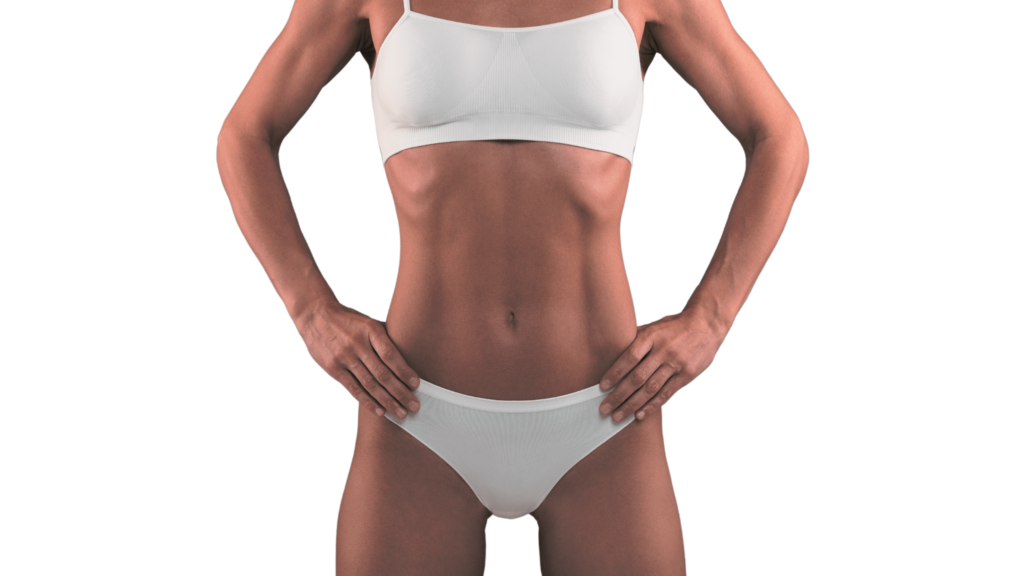
Vascular Functions
Vascular function refers to the ability of the blood vessels to transport blood throughout the body effectively.
It includes regulating blood pressure, maintaining circulation, and facilitating the exchange of nutrients and waste products between the blood and the body’s tissues.
2. Hibiscus Flower, Hibiscus Sabdariffa
The hibiscus flower (botanical name), specifically the Hibiscus Sabdariffa (Roselle) variety, has vibrant red and trumpet-shaped blooms. Flower colours can change with age.
Hibiscus Sabdariffa is native to India and Malaysia and is a tropical species extensively cultivated in tropical and subtropical regions worldwide.
Classical sciences, such as Ayurveda, recognise the Hibiscus flower plant as a therapeutic agent for hair growth, diabetic friendly, cardiac muscle strengthening, a relaxant, and a promoter of better sleep (Easy Ayurveda).
Specifically referencing the Hibiscus sabdariffa (Roselle) and Hibiscus rosa-sinensis (Common Hibiscus).
Plant Parts Used
The parts of the hibiscus flower commonly used include the calyces, which are the outer green floral structures that encase the flower’s petals, as well as the petals themselves and the pistil (female part, centre of the flower).
(flower, leaves, calyx, and corolla)
Taste “Sour Tea”
Overall, hibiscus is tart, tangy and sometimes slightly sour and often described as similar to cranberry or pomegranate.
The tea made from hibiscus is also known as Sour tea or Red tea.
Aroma
Regarding scent, hibiscus flowers are not particularly fragrant but sometimes may release a mild, pleasant aroma.
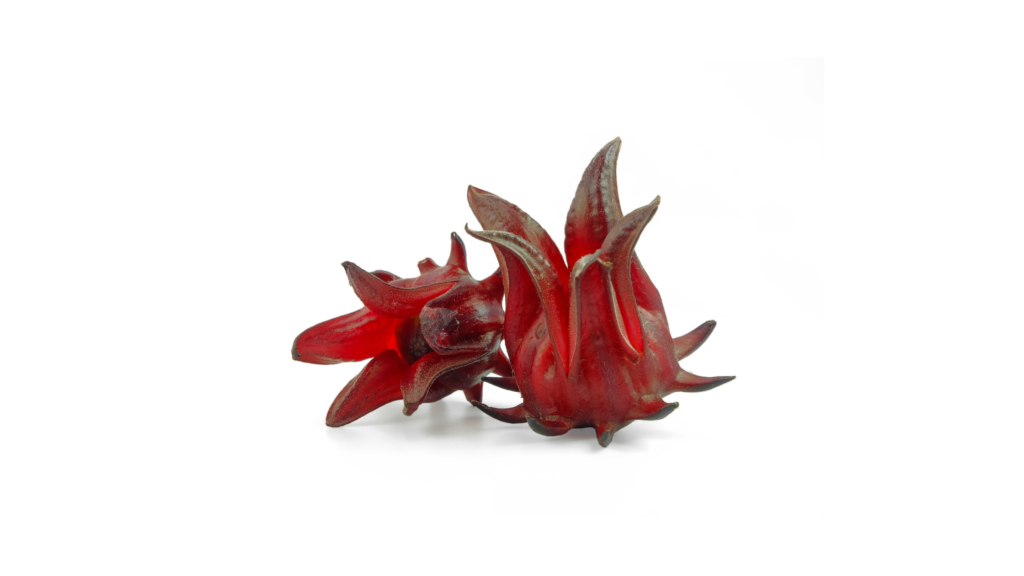
Bioactive Compounds: Polyphenols, Anthocyanins, Organic Acids
Montalvo-González et al. (2022) provided a comprehensive review of the physiological effects and human health benefits of Hibiscus sabdariffa in their study.
They highlight Hibiscus’s diverse bioactive compounds, such as phenolic acids, flavonoids, anthocyanins, and organic acids, as well as their bioaccessibility in the gastrointestinal tract and bioconversion during colonic fermentation.
(Colonic fermentation is the breakdown of undigested carbohydrates and fibres in the colon by bacteria, producing short-chain fatty acids and gases, affecting colon health and metabolism).
Here are some of the compounds found in Hibiscus Sabdariffa:
- Organic Acids: Gallic acid, syringic acid, caffeic acid, chlorogenic acid, hibiscus acid, protocatechuic acids, hydroxicitric acid etc.
- Flavonoids: Quercetin, kaempferol, myricetin.
- Anthocyanins: Delphinidin, cyanidin, and others.
Furthermore, Almajid et al. (2023) suggest that hibiscus’s positive effects on metabolism and metabolic regulation were attributed to its polyphenols, including flavonoids, anthocyanins, and phenolic acids.
These compounds may work through different metabolic pathways, such as boosting PPAR-α expression which controls how the body metabolizes fatty acids and maintains energy balance. And, inhibiting hepatic lipogenesis, which synthesises fatty acids in the liver.
Therapeutic Terms Associated With Roselle
Hibiscus Sabdariffa is associated with several therapeutic actions. Here are some listed below:
Anti Inflammatory
Anti Obesity
Hepatoprotective
Anti Oxidative
Gastroprotective
Antilipidemic
Anti diabetic
Renal Protective
Antihypertensive
Neuro protective
Anti Carcinogenic
Anti Anemic
Example Case Studies On Hibiscus Therapeutic Actions
Almajid et al. (2023) conducted a comprehensive review exploring Hibiscus Sabdariffa’s (Roselle) health benefits and therapeutic potential in human studies.
The next section explores a few case studies they examined.
Case Study: Hypertension (BP)
Tea: Al-Anbaki et al. looked into the effects of consuming decocted HS calyx at a dosage of 10g in 500 mL of boiling water among people with hypertension whose blood pressure was not within target levels.
- The six-week study found that 61.8% of participants achieved the recommended blood pressure target of <140/90 mmHg inline with the parameters of the study.
- This positive result is attributed to the bioactive components, anthocyanins, and hibiscus acid, in the HS powder, which showed effectiveness by inhibiting ACE and having vasodilatory properties.
Extract: Subsequently, Almajid et al. (2023) state that in a randomised controlled trial, 35 participants diagnosed with metabolic syndrome were given 500 mg of HS capsules containing 6 mg per g of anthocyanins once daily with meals for four weeks.
The study found that this treatment led to a significant reduction in systolic blood pressure.

Case Study: Abdominal Circumference
Tea Water: A study examined the effects of consuming a high-strength beverage (HSB) on 30 healthy Asian individuals. Each participant drank 200 mL of HSB in the morning and evening for 30 days.
After the study, the results showed a significant decrease in abdominal circumference and increased HDL cholesterol levels.
HDL cholesterol, often referred to as “good” cholesterol, is known for helping remove other forms of cholesterol from the bloodstream, which can help improve cardio functions.
Case Study: Body Mass Index (BMI)
Similarly, Asgary et al. found a significant decrease in BMI among 20 patients who were given 500 mg/day of HSE powder.
The BMI at the beginning and after four weeks was 27.51 vs 27.27 kg/m2 in the experimental group, but there was no statistically significant difference between the placebo and experimental groups.
While the change in BMI between the start and the four-week mark is small, it was suggested that further continuing hibiscus may further influence these markers.
Based on individual suitability and health status.

Effectiveness, Type, Source, Dose, Method
Almajid et al. (2023) also state that the differences in results among the studies mentioned are likely due to variations in the concentration of polyphenols and other components in (HS), particularly between its powdered and extract forms.
Notably, the extract powder used in the study by Gurrola-Díaz et al. had a much higher concentration of polyphenols and other components than the whole powdered form of HS.
Also, the use of hibiscus as a therapeutic dose is different from general use and is subject to several parameters.
Classical Sciences: Ayurvedic Overview
Similarly, in classical sciences such as Ayurveda, the hibiscus is categorised as a medicinal plant due to its several therapeutic properties.
According to Easy Ayurveda, it has kapha and pitta reduction; it has an astringent and bitter taste quality for digestion. Amino acid-rich, aspartic acid and asparagine etc, with the major anthocyanin being cyanidin 3-sophoroside.
The flower is associated with the Indian Lord Vishnu, a symbol of benevolence, wisdom, and preservation.
Summary
The Hibiscus flower, specifically, Hibiscus Sabdariffa, known as Roselle, is associated with various therapeutic effects, especially in cardiometabolic well-being.
- Scientific evidence has shown its potential in helping hypertension, hyperlipidemia, and inflammation.
- Bioactive compounds like polyphenols, anthocyanins, and organic acids contribute to its pharmacological actions.
- For instance, the plant has been found to help reduce blood pressure, abdominal circumference, and BMI in various case studies.
- Additionally, classical systems like Ayurveda recognise the medicinal properties of the Hibiscus flower, further affirming its therapeutic value.
Precautions & Suitability
At exceptionally high doses, hibiscus extract may have hepatotoxic potential (Almajid et al. (2023). Precautions and personal responsibility are crucial. Check the suitability of any therapeutic diet, agent or well-being routine for any person, pregnant woman, with allergies or chronic health issues. Seek the advice of a professional.
This is an informational post only and does not constitute professional advice.
References & Data
- Ellis LR, Zulfiqar S, Holmes M, Marshall L, Dye L, Boesch C. A systematic review and meta-analysis of the effects of Hibiscus sabdariffa on blood pressure and cardiometabolic markers. Nutr Rev. 2022 May 9;80(6):1723-1737. doi: 10.1093/nutrit/nuab104. PMID: 34927694; PMCID: PMC9086798.
- García-Muñoz AM, García-Guillén AI, Victoria-Montesinos D, Abellán-Ruiz MS, Alburquerque-González B, Cánovas F. Effect of the Combination of Hibiscus sabdariffa in Combination with Other Plant Extracts in the Prevention of Metabolic Syndrome: A Systematic Review and Meta-Analysis. Foods. 2023 Jun 5;12(11):2269. doi: 10.3390/foods12112269. PMID: 37297513; PMCID: PMC10253170.
- USDA: https://fdc.nal.usda.gov/fdc-app.html#/food-details/171946/nutrients
- Easy Ayurveda: https://www.easyayurveda.com/2018/01/12/hibiscus-flower-leaves-uses/
- Abubakar SM, Ukeyima MT, Spencer JPE, Lovegrove JA. Acute Effects of Hibiscus Sabdariffa Calyces on Postprandial Blood Pressure, Vascular Function, Blood Lipids, Biomarkers of Insulin Resistance and Inflammation in Humans. Nutrients. 2019 Feb 5;11(2):341. doi: 10.3390/nu11020341. PMID: 30764582; PMCID: PMC6412462.
- Almajid A, Bazroon A, AlAhmed A, Bakhurji O. Exploring the Health Benefits and Therapeutic Potential of Roselle (Hibiscus sabdariffa) in Human Studies: A Comprehensive Review. Cureus. 2023 Nov 23;15(11):e49309. doi: 10.7759/cureus.49309. PMID: 38024072; PMCID: PMC10676230.
- Izquierdo-Vega JA, Arteaga-Badillo DA, Sánchez-Gutiérrez M, Morales-González JA, Vargas-Mendoza N, Gómez-Aldapa CA, Castro-Rosas J, Delgado-Olivares L, Madrigal-Bujaidar E, Madrigal-Santillán E. Organic Acids from Roselle (Hibiscus sabdariffa L.)-A Brief Review of Its Pharmacological Effects. Biomedicines. 2020 Apr 28;8(5):100. doi: 10.3390/biomedicines8050100. PMID: 32354172; PMCID: PMC7277581.
- Brimson JM, Prasanth MI, Malar DS, Sharika R, Sivamaruthi BS, Kesika P, Chaiyasut C, Tencomnao T, Prasansuklab A. Role of Herbal Teas in Regulating Cellular Homeostasis and Autophagy and Their Implications in Regulating Overall Health. Nutrients. 2021 Jun 23;13(7):2162. doi: 10.3390/nu13072162. PMID: 34201882; PMCID: PMC8308238.
- Najafpour Boushehri, Saeid et al. “The efficacy of sour tea (Hibiscus sabdariffa L.) on selected cardiovascular disease risk factors: A systematic review and meta-analysis of randomized clinical trials.” Phytotherapy research : PTR vol. 34,2 (2020): 329-339. doi:10.1002/ptr.6541
- Després, Jean-pierre et al. “The concept of cardiometabolic risk: Bridging the fields of diabetology and cardiology.” Annals of medicine vol. 40,7 (2008): 514-23. doi:10.1080/07853890802004959
- Montalvo-González E, Villagrán Z, González-Torres S, Iñiguez-Muñoz LE, Isiordia-Espinoza MA, Ruvalcaba-Gómez JM, Arteaga-Garibay RI, Acosta JL, González-Silva N, Anaya-Esparza LM. Physiological Effects and Human Health Benefits of Hibiscus sabdariffa: A Review of Clinical Trials. Pharmaceuticals (Basel). 2022 Apr 12;15(4):464. doi: 10.3390/ph15040464. PMID: 35455462; PMCID: PMC9033014.

